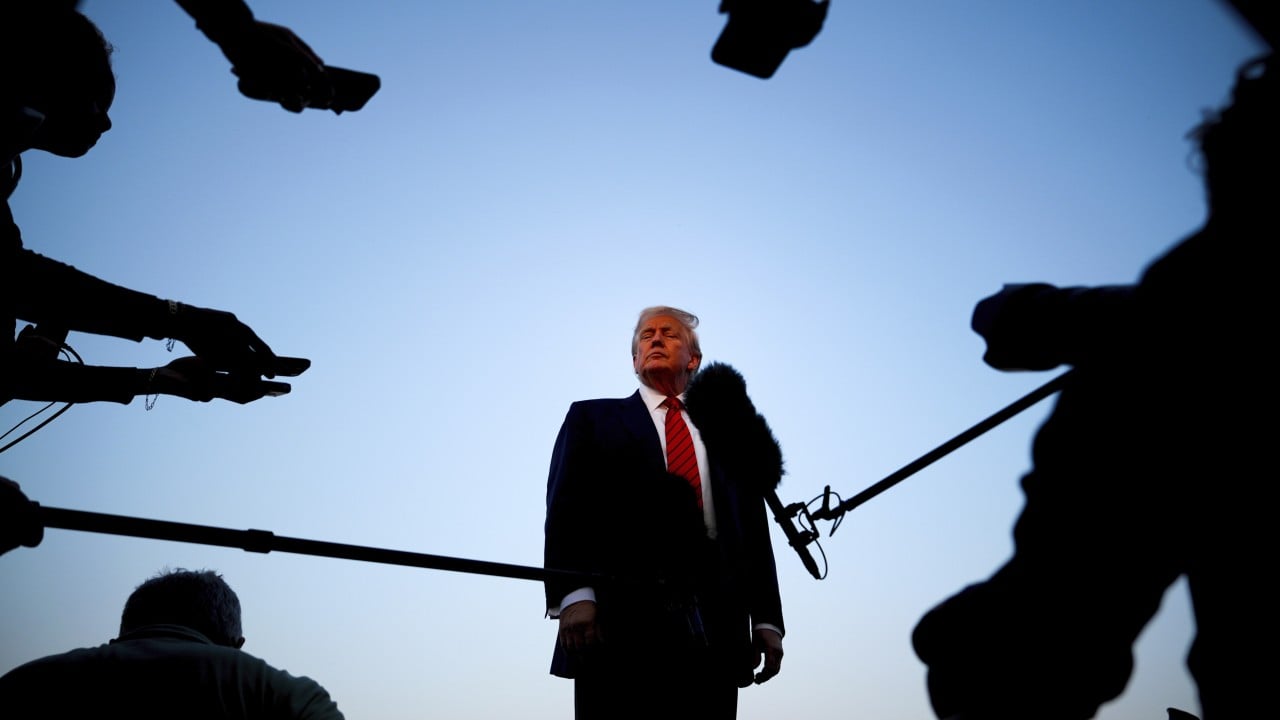Before the Trump administration’s August 1 deadline, Japan, South Korea and the European Union struck agreements with the United States, accepting American tariffs of 15 per cent on their exports. They all came with strings of promised investments in the US attached.
Advertisement
While the agreements looked like capitulation at the time, these governments may be breathing sighs of relief in light of the latest tariffs US President Donald Trump has imposed on Canada, Brazil and India. But 15 per cent is still higher than the 10 per cent baseline rate enjoyed by Russia, Iran, the UK and Australia.
Leaving aside the potential long-term damage to US industries and consumers, Trump may congratulate himself on prevailing against major trading partners. After threatening them with high tariffs, he pushed them into accepting more “reasonable” one-way tariffs. From Trump’s perspective, these are fair consideration for the security protection the US has long provided to its Asian and European allies. It is against this backdrop that these allies could not drive harder trade bargains.
Trump was able to divide and conquer these major economies. The deal Japan reached essentially set a benchmark for the EU and South Korea to follow.
Unlike China, these economies are all major auto exporters to America. With Chinese EVs facing tariffs of more than 100 per cent, China does not sell many cars in the US.
Advertisement
During the Cold War, the US allowed Japan and South Korea one-way access to its vast auto market, arguably at the expense of its domestic car industry. Since the late 1980s, Trump has been fascinated with tariffs, triggered by the perceived injustice with Japan. Thus, they should be seen as his attempt to redress the historical imbalance.

